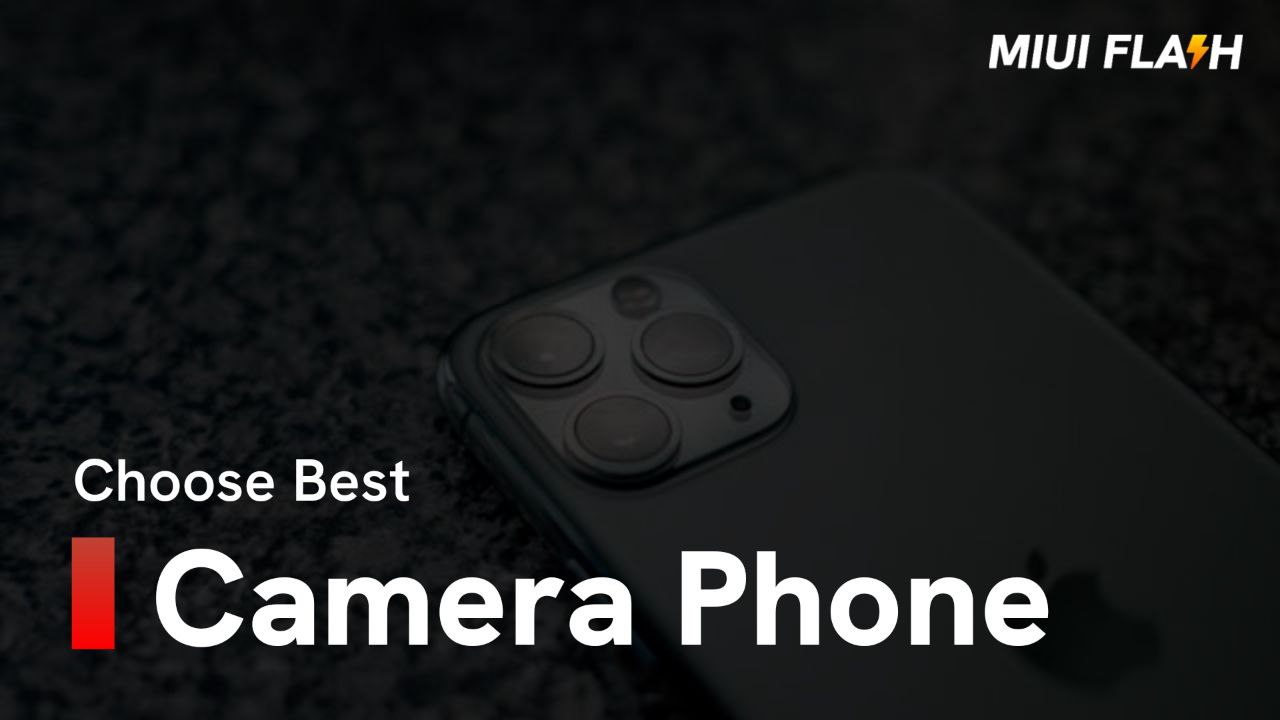Smartphones have certainly become one of the most prominent technological advancements. The majority of users are looking for the best smartphone camera for selfies and general photography. There are, however, a spate of cell phones with mobile photography capabilities on the market. This creates ambiguity, making it even more difficult to choose the best smartphone.
You like photography and want to use it to demonstrate your creativity and ingenuity. It makes no difference if the subject is nature, scenery, people, or anything else. That’s fantastic, but how do you get a good camera to carry around with you all the time so you’re prepared when the opportunity arises? To the world of smartphone cameras, welcome!
Top considerations when purchasing a high-quality camera phone
People frequently argue about which brand has the best feature, which model has the highest power specs, and which model performs the best. As smartphone camera capabilities increase, people are growing increasingly curious about which smartphone camera model takes better photos. If you share these feelings and decide to get a camera phone, you may be wondering how to choose one that won’t let you down. But how can you tell whether you’ll obtain a good camera phone or a bad camera phone? We’ve got you covered with our recommendations for buying a phone with a good camera.
1. Sensor
The sensor, like the processor in a smartphone, is the core of the camera. If the sensor does an excellent job of capturing a picture, you’ll get the spectacular image you seek. A camera with a large sensor captures more light and produces better images.
Low-light performance, colour vibrancy, and image sharpness all improve with improved sensors. The Xiaomi Mi 11 Ultra has a 1 inch sensor, which is the largest smartphone camera sensor currently available.

Sensors with larger apertures capture more light than those with smaller apertures. As a result, an 8MP camera with a larger sensor can easily outperform a 13MP camera with a smaller sensor. This is the most important factor to consider when purchasing a camera phone.
2. Pixel Dimensions
Pixels capture the light that enters the camera. A sensor with more pixels allows more light to pass through, reducing digital noise. Even in low-light circumstances, images will have adequate exposure. On smartphone camera sensors, the Huawei P40 Pro has the biggest pixel size of 2.4m. The Galaxy S20 and Google Pixel 6 are two of the camera phones with the largest pixel sizes.
3. Megapixels (MP)
Your camera’s pixel count is expressed in megapixels. It determines the resolution of an image, or how detailed it is. When printing and presenting your photographs, higher megapixels are essential for better definition.
When a sensor has too many megapixels, the pixel size will be reduced. The best camera phone compensates by using pixel-binning technology, which merges data from several pixels into one.
The Galaxy S20 Ultra features a 108MP 1/1.33 sensor that employs pixel merging to combine nine 0.8micron pixels into one 2.4micron pixel, giving in bright, detailed photographs. The Xiaomi Redmi K40 Pro+ likewise boasts a 108-megapixel primary camera.
4. Shooting and Lens Modes
The triple-camera smartphone was all the rage last year, but quad-camera configurations are now standard on even mid-range phones. Aside from the primary camera, the new camera phone has an ultra-wide-angle lens with a broader field of view, making it excellent for landscape photography.
The telephoto lens compensates for the lack of optical zoom in smartphones. Depth sensors aid in subject focus and are perfect for portrait photography. On numerous cameras, a macro lens is available, which aids in the acquisition of clear and detailed photographs of small objects up close.
The latest Android phones come with a variety of photography options. ISO, white balance, and exposure correction are all popular settings that help improve photo quality by altering lighting conditions.
5. Openness
The opening in the camera lens that controls the amount of light travelling through it is known as the aperture. The number indicates the aperture stop size.
The wider the aperture and the shallower the depth of field, the smaller the f value. For example, f/8 is smaller than f/1.4.
A camera with an f/1.7 aperture has a larger lens opening than one with an f/2.2 aperture, allowing more light to flow through. Play around with the aperture size if you’re a huge admirer of bokeh in your shots.
6. Zoom
There are two types of zoom in a smartphone camera: digital and optical. The zoom feature comes in handy when taking pictures from a distance.
A software method that crops and enlarges a section of an image, often resulting in pixelated results, is known as digital zoom. Optical zoom refers to the real optic lens (hardware) of the camera zooming in to get a closer look at the topic.
An optical lens generates a better-zoomed image as a result. Optical lenses are favoured over digital lenses when choosing the best camera smartphone.
More About Camera & Photography
Conclusion:
Almost every mobile store has photo-taking cellphones on display, which draw a lot of attention due to their sizes, forms, and attractiveness. You may come to regret not carefully selecting your camera phone.
Choose the one that best meets your needs if you enjoy photography, selfies, or shooting. Your choice is always based on your knowledge of your smartphone.
It is not required to spend a significant amount of money on the best camera phone available. Furthermore, not every expensive smartphone has the best camera.

